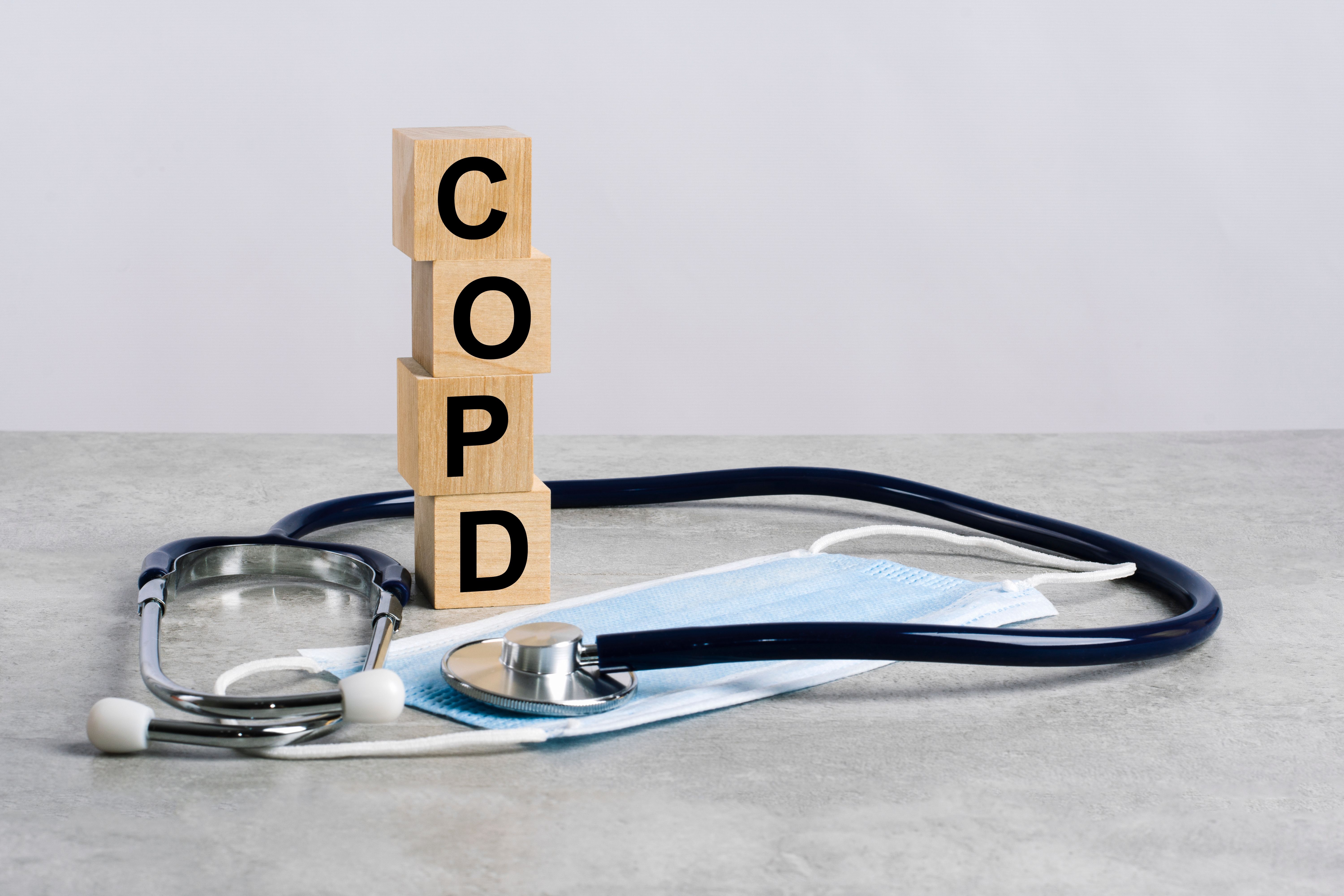Article
Importance of Key COPD Research Comes From All Trial Phases, Authors Say
Author(s):
Relying on one type of study often doesn’t paint the full picture of drug safety, efficacy, and economic and therapeutic benefits across the short and long term, the authors of the study wrote.
Randomized controlled trials (RCTs), observational studies, and pragmatic clinical trials (PrCTs) together combine to offer holistic data and paint a full picture of chronic obstructive pulmonary disease (COPD), according to a paper published in the International Journal of Chronic Obstructive Pulmonary Disease.
Investigators from California and Oregon reviewed different types of COPD research in order to discuss their advantages and disadvantages in terms of COPD pharmacotherapy. Their aim was to benefit clinicians who may have only limited research experience, they wrote.
The study explained the purpose of each type of phase 1, 2, 3, and 4 trials, noting that phase 3 trials are often RCTs and considered the gold standard for establishing the safety and efficacy of a drug. A case report focuses on a natural clinical setting and can generate new research questions. The authors added that real-world observational studies are typically cheaper and are able to assess cost-effectiveness and other economical outcomes in addition to and safety or efficacy measures. Another type of real-world observational study, the cohort study, can be prospective or retrospective and used to determine the incidence and natural history of a disease or condition. And finally, the study authors outlined, case-control studies match those with a disease or condition to those without to understand exposure factors.
PrCTs have many overlapping features of RCTs and real-world observational studies as they involve broadly inclusive populations, are representative of patients receiving the therapy in every day clinical practice, and are conducted by health care professionals in community-based settings, the study authors said. While PrCTs have relevant outcomes that can form health care treatment decisions, findings from RCTs should not be used in formulating policy as their findings may not always be generalizable. Creating an effective PrCT can involve designing the study so that it is able to report differences in treatment efficacy so the findings can be generalizable, the study authors said.
In COPD, small pilot studies are used to determine the feasibility of novel therapeutic approaches with success, the study authors said. They cited an example of a series of studies conducted to assess the benefit of antibiotics to treat COPD exacerbations, which found that about exacerbation-associated loss of work time was halved among patients given the intervention compared to those who were not given the intervention. Larger RCTs followed.
These RCTs can lead to drug approvals or drug combinations for COPD treatment, the authors explained. While RCTs varied in terms of design, population, and outcomes, researchers have been able to show the efficacy of single bronchodilators, dual bronchodilators, and triple therapy through a series of phase 3 and 4 clinical trials. These trials set the foundation for larger trials, which eventually established the safety and efficacy of inhaled corticosteroids that contained therapeutic combinations in unique patient populations with COPD, the study authors wrote.
The value of real-world observational studies is not to be ignored either, the authors wrote. Findings from these types of studies have offered evaluations of the use or withdrawal of inhaled corticosteroids in patients, for example. Real-word observational studies have multiple sources for bias but accommodate effectiveness and long-term safety results that researchers are unable to attain through RCTs, the study authors said.
“RCT and real-world observational study designs should be complementary in nature, such that, taken together, they provide more robust clinical evidence compared with individual study types,” the authors concluded. “PrCTs help to bridge the gap between classical explanatory RCTs and real-world studies, with a study design that leverages the advantage of randomization in a real-world scenario, thus providing a clearer picture of the safety and effectiveness of a drug.”
Reference
Tashkin DP, Amin AN, Kerwin EM. Comparing randomized controlled trials and real-world studies in chronic obstructive pulmonary disease pharmacotherapy. Int J Chron Obstruct Pulmon Dis. Published online June 2, 2020. doi:10.2147/COPD.S244942
2 Commerce Drive
Suite 100
Cranbury, NJ 08512
© 2025 MJH Life Sciences® and AJMC®.
All rights reserved.





